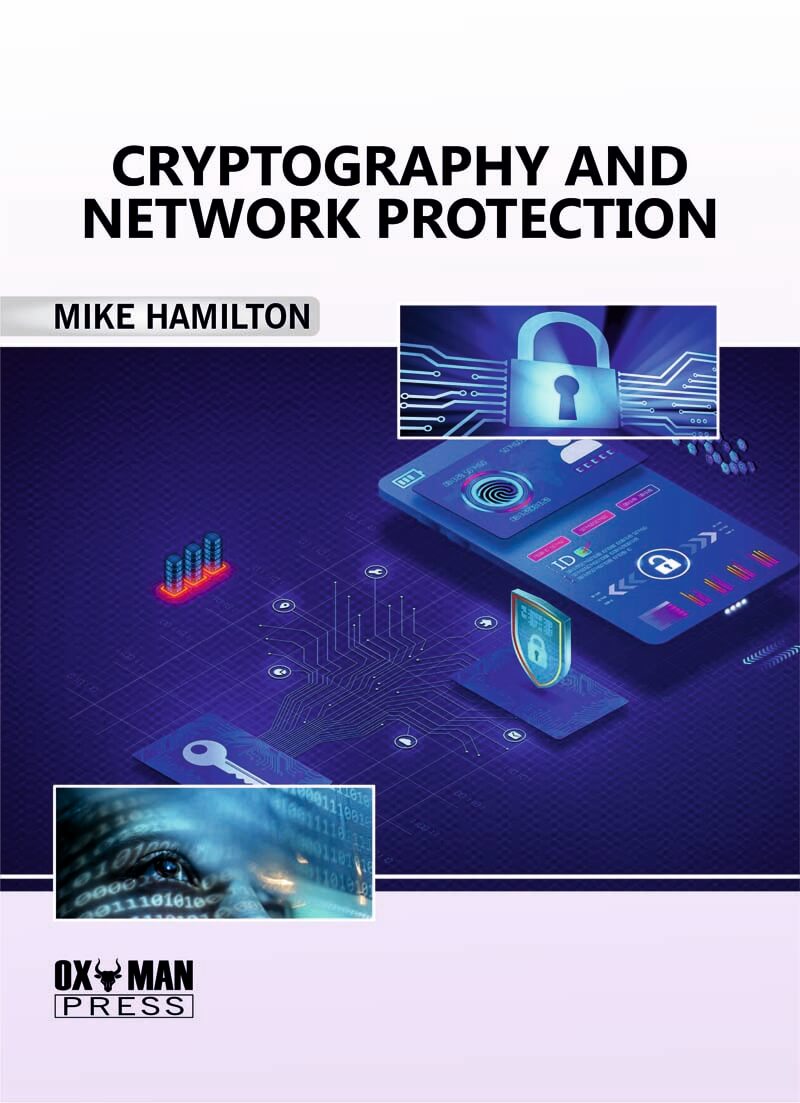Cryptography And Network Protection
| ISBN | 9781778806441 |
|---|---|
| Author | Mike Hamilton |
| Publisher | OXMAN PRESS |
| Publication Year | 2023 |
| Category | Computer Science & Information Technology |
| Price | $158.00 |
Mike Hamilton is a computer scientist with a Ph.D. He provided a unique contribution to comprehending the vast range of technical breakthroughs in computer networking and computer architecture. His research interests includes cryptography and network security, intrusion prevention, the advanced computer architectures, and the application of information technology to improve society (including the low-cost protocols for web-based elections). He teaches undergraduate and postgraduate students in Computer Engineering courses on Computer Networks, Information Security and Applications, and Public Key Infrastructure. He has advised government agencies, computer and software suppliers, and significant users on the design, selection, and usage of networking software and devices in his capacity as a consultant.
